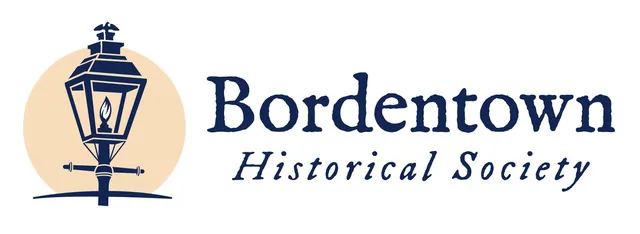If you look on the map of the state of New Jersey, you can pretty easily pinpoint where several destinations are located based on their geography. Cape May, High Point, and Sandy Hook come to mind.
So does Bordentown. It lies at the first major bend of the Delaware River where you can see in two different directions. Considered one of the country’s longest free-flowing rivers, this area encompasses its northernmost freshwater tidal marsh with an impressive and diverse ecosystem. Combined with forest growth and steep bluffs, over 550 species of plants 280 species of birds, mammals, and amphibians thrive in this natural community.
Native Americans understood the terrain. It supported an abundant food source for their daily hunting, fishing, and gathering practices. They camped on the bluffs and used twigs and branches for firewood. The banks held prolific amounts of mud and clay that were transformed into pottery. Loose stones as well as animal bones were collected to create arrowheads and other implements. It was a significant site of human activity where trade networks flourished and canoes transported their wares. Over time, canoes were replaced by ships that brought Europeans to the shores of the New World seeking to carve out their own niche in the wilderness.
An Englishman by the name of Thomas Farnsworth was one of those settlers. In 1677, he arrived in Philadelphia with 229 other passengers aboard the ship Kent. It was one of many ships that would bring people to this country that were persecuted in their own homeland for exercising their religious beliefs. Farnsworth was a member of the Society of Friends (commonly known as Quakers) and felt the wrath that injustice served upon him when he was sent to an English prison in 1665 for attending a meeting of his faith. Needless to say, he persevered. But it left an indelible mark within his soul as to where life’s journey will lead him. Eventually, he sailed up the river with several other settlers in individual boats to what is today known as Burlington.
The following year, Farnsworth’s wife, Susanna, arrived in Burlington aboard the ship Shield with their two children and two servants. It was the first ship to dock in the new settlement that was the capital of West Jersey. Reunited with his family, Farnsworth worked as a cobbler. Since tradesmen were high in demand, he earned enough to invest in land from the Quakers. These tracts of land were where the Black’s and Crosswicks Creeks join the Delaware River. Gradually these holdings extended to over 800 acres. In 1682, he and his family sailed to this location and built a crude cabin on a wooded bluff.
Others would follow. The site became known as Farnsworth’s Landing. Farnsworth took on a new role as a ferryman and served as constable. It was the beginning of a small town that drew people from all walks of life that were extraordinary in their fields. Statesmen, soldiers, writers, painters, sculptors, inventors, and philosophers set their foot prints upon this soil. The bend in the river later became known as Bordentown but for many, including Thomas Farnsworth, it was called “Home.”
